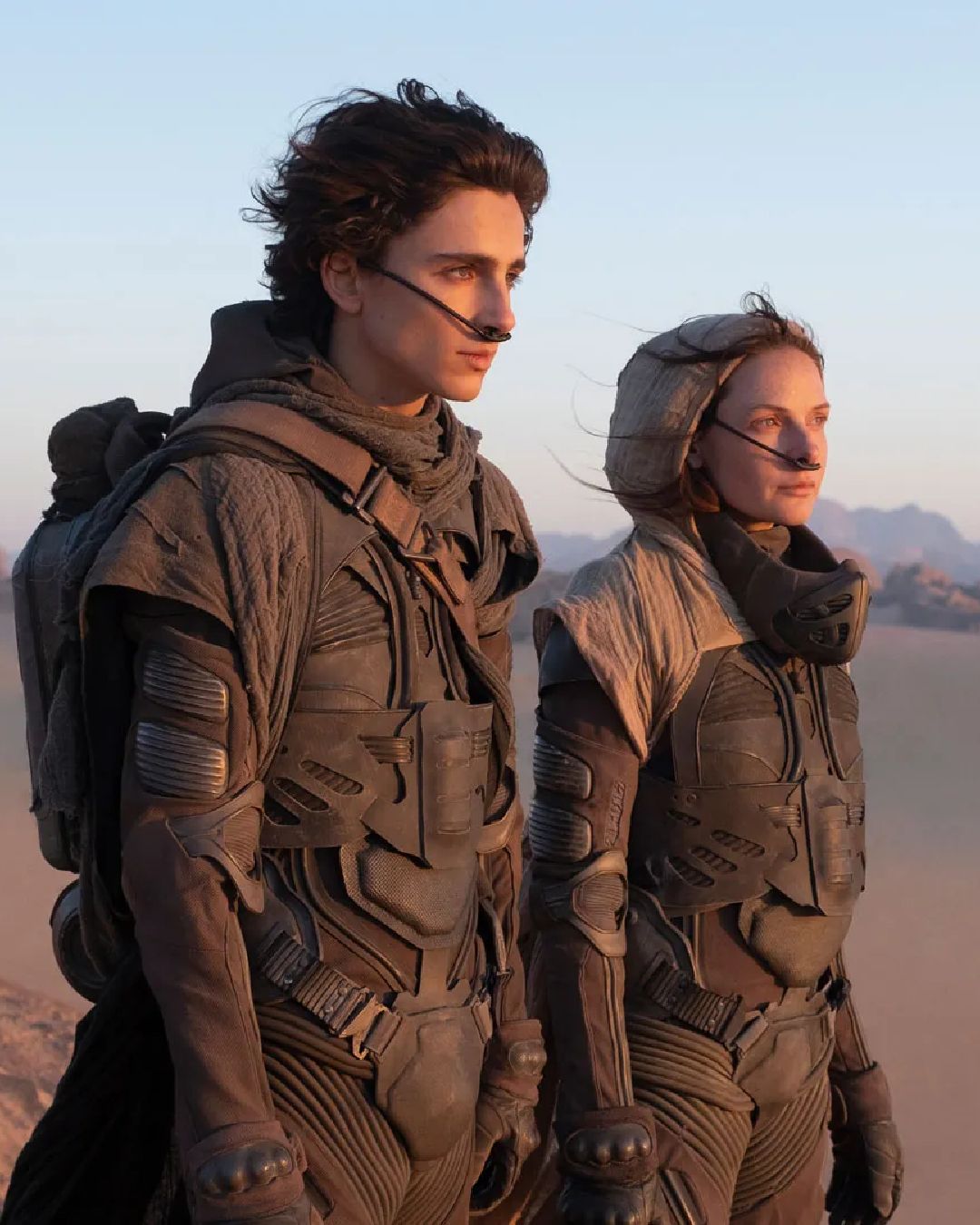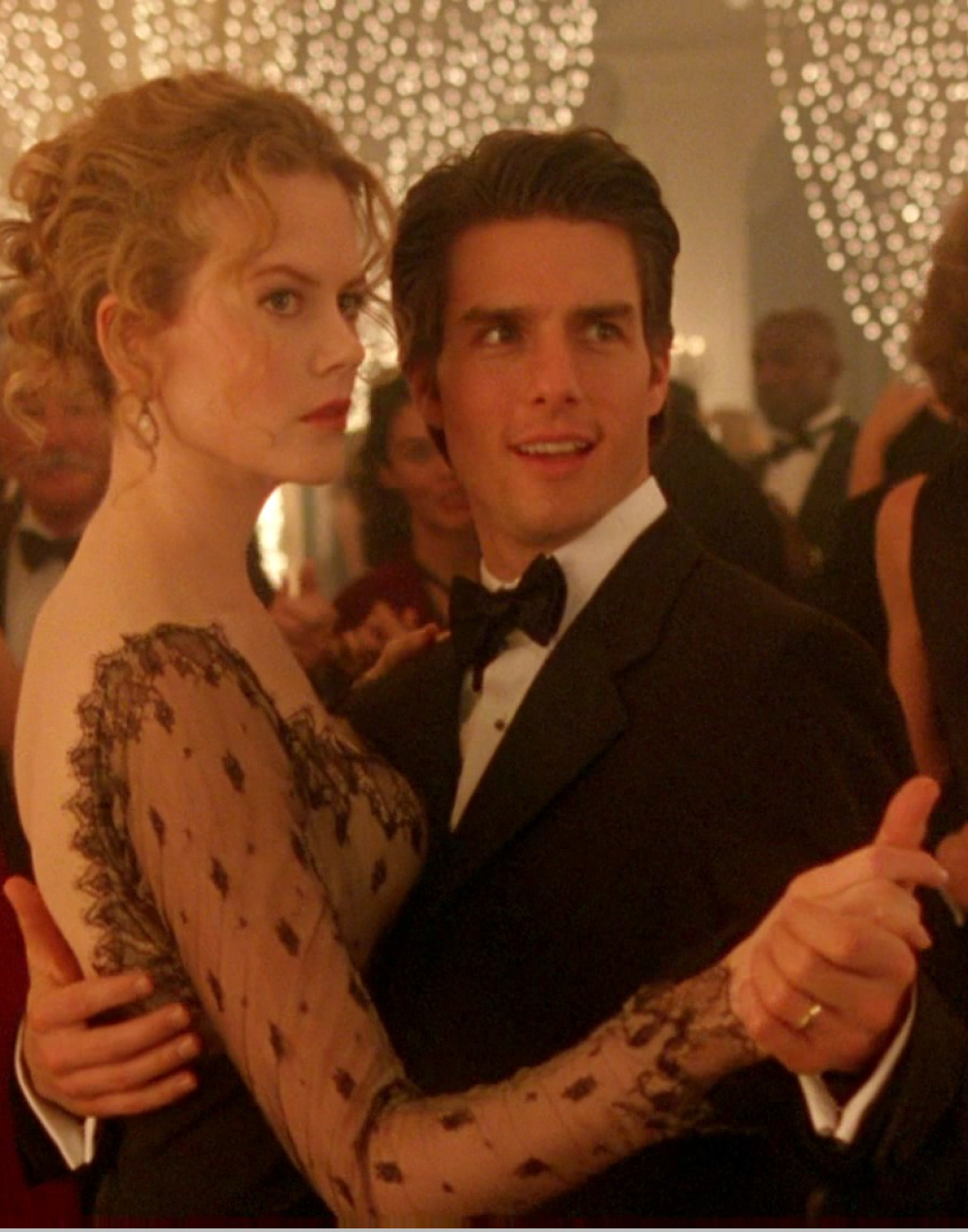
Is the sequel to Dune really the epic of the year? The battle for Arrakis continues.
«Power of Spice means power of the whole.» Dune: Part Two opens with these words spoken by Florence Pugh, which not only introduce but also anticipate the fundamental theme of the second chapter of the saga: power, in its multiple forms, the focal point around which the entire narrative woven by Denis Villeneuve revolves. After almost two and a half years of anticipation and the success of Dune: Part One, this second film will make its entrance into cinemas today, picking up the journey of Paul Atreides and Chani, portrayed by Timothée Chalamet and Zendaya, in the heart of the Arrakis desert. The film will focus on the war between the two opposing factions encountered in the first chapter, in a narrative that touches not only on revenge but also on the emancipation of the entire planet from the oppression of the Harkonnens. The cast, a mix of familiar faces and new arrivals, brings to the screen the complexity of the characters with a depth and intensity that capture the essence of the world created by Herbert, led by Chalamet and Zendaya, who deliver powerful and intimate performances. Austin Butler emerges as a revelation in the role of Feyd-Rautha, bringing a dark yet seductive energy that adds further tension and dynamism to the story, already hailed as the highest-rated film in IMDb history.
The direction of silence
An essential theme of Dune: Part Two, even more present than in the first chapter of the saga, is silence. Villeneuve uses it not only as a narrative tool but as a force in itself, pervading the most tense and meaningful scenes of the film. He utilizes moments of quiet to build tension, deepen characterization, and accentuate dramatic moments, demonstrating that silence, in contrast with Hans Zimmer's score, can be as eloquent as music or dialogue. Silence contrasts and amplifies the intensity of battles and revelations, making each moment more poignant and significant. The director's skill in transforming the second half of the book, considered the most difficult and challenging of the saga, into an action-packed epic, demonstrates a remarkable level of mastery that some have already compared to Peter Jackson's in The Lord of the Rings, especially in the war sequences — a true cinematic triumph for set designs, score, and sound design. The new release shines for its technical and artistic aspects, with Greig Fraser's cinematography and Patrice Vermette's production design creating a wholly immersive visual universe, transporting viewers to a world that is both strangely familiar and unsettlingly alien. These elements, combined with meticulously crafted cutting-edge visual effects and sound design that amplifies their impact, make the film a complete sensory experience.
«Power of Spice means power of the whole»
Between long shots of sand expanses and close-ups of the protagonists, Villeneuve narrates the various facets of power, how they coexist and profoundly influence the characters and their destiny. On the religious level, the film deeply explores the Fremen's cult towards the figure of Lisan al-Gaib, personified by Paul Atreides, introducing an intricate power dynamic that intertwines faith, politics, and the ancient legends of Dune, highlighting how beliefs can drive entire populations towards change or even revolution. The film hints at how certain mythologies have been strategically "implanted" to fuel fears and manipulate the masses, emphasizing how the faith of the feared "fundamentalists of the South" is a force capable of potentially changing the fate of the entire planet. In addition to Chalamet's portrayal, which demonstrates how charisma can become as effective a weapon as any military force or political tactic, having the ability to mobilize and inspire people towards a common cause. Beyond Paul's "messianic" magnetism, another unifying factor among the Fremen tribes is their deep respect for the land of Arrakis. The spiritual connection with the desert and its creatures, like the majestic and fearsome sandworms, symbolizes not only a crucial element of the plot but also the importance of living in harmony with nature as portrayed in Herbert's pages.
‘DUNE: PART TWO’ is currently the highest-rated movie ever on IMDb with a 9.4/10. pic.twitter.com/d4SJszjNJQ
— Complex Pop Culture (@ComplexPop) February 26, 2024
It is clear that these themes have a direct relevance to those we viewers face in the real world, so much so that the film sheds light on pressing issues such as ethical leadership, harmony in diversity, and the imperative of environmental sustainability. In doing so, Dune: Part Two immerses itself in a universe where politics is complex, science is deeply explored, and gender dynamics are carefully developed. The film manages to capture only a fraction of this rich and layered world, offering viewers a taste of the immense cultural and social fabric that characterizes Herbert's saga. Through Villeneuve's lens, an attempt is made to construct a narrative that, in terms of productive depth and narrative scope, approaches creating a new epic canon for contemporary generations, drawing inspiration from established narrative models such as Jackson's The Lord of the Rings. Now that the mainstream format of the Marvel universe has saturated us, the question that arises spontaneously is: will Dune be able to establish itself as a new reference point for contemporary audiences, just as the classics that preceded it did? The answer to this question, as intricate as the world of Dune itself, can only be revealed by time and the reactions of the audience.














































